
This content is protected against AI scraping.
Infodump
(also seen as two words—info dump) is a writing term referring to a big chunk of information delivered to the reader all at once. I’ve been meaning to write this post for a while, because there are some easy ways to avoid the infodump!
What does an info dump look like in a story?
An infodump is usually a few or several paragraphs—or even several pages—of character backstory, explanations about the fictional world, or any other information the author feels like we need to know.
While an infodump usually happens in exposition, it may also happen in an unnatural conversation: one character tells another character what they both already know. You may also encounter this in screenwriting, and it’s also referred to as “As you know, Bob,” or AYKB.
Either way, the key word in “infodump” is dump. The writer is dropping all of it on us like a dump truck.

So what’s wrong with an infodump?
If an author is writing in first person or third person point of view, the infodump is a break in that point of view. The character isn’t really going to sit around and contemplate their life from birth to the present day, or the entire history of two warring realms.
If an infodump is delivered in dialogue between characters who already know the information, the characters don’t feel as real, and it comes off as a bit stilted.
A long infodump is terrible for pacing. It makes a scene stall out and kills the momentum of the story.
The most important reason not to do a big infodump, though, is that it’s boring. Readers showed up for characters, action, dialogue, and drama. If they hit an infodump about your fantasy world’s agriculture or currency, or about the backstory of a character they’ve barely had a chance to get interested in yet, they may start skimming. They might even abandon the book.
Writing experts are always saying, “Instead of an info dump, weave it into the story…” But they rarely explain how! So I’m going to show you 5 ways to do it.
1. Use a Conversation
Maybe your character talks to their partner, best friend, or a family member after an upsetting incident…or because they have good news! One or both of them refer to events in the past. In a sentence or two (or three) here and there, your character can think about these events, too.
Maybe your character bumps into someone they haven’t seen in a while who asks how things are going. Your main character lies through their teeth, saying everything’s great…while thinking about what they’ve really been through.
Maybe someone is asking your character questions…on a first date, a first day at work, or a job interview.

You get the idea! In many kinds of conversations, we can learn about your character’s backstory both through what say and through their thoughts.
2. Use an Object
While digging through a closet or attic looking for something else, your character might come across an item that triggers their past memories. Alternately, your character may use something they got from someone else as a gift, or something that just reminds them of something or someone else.
Articles of clothing, shoes, and accessories can be great for backstory. For instance, when your character puts on a designer suit, they might reflect on how, earlier in life, they wore hand-me-downs from older siblings.

3. Use a Date or a Season
Your character might realize it’s a certain day of the year, and it leads to memories of something momentous that happened on that date years ago. A celebration—Christmas, a birthday, or a festival—could lead to thoughts of someone they used to celebrate with. The first snow or the first breath of spring might lead to thoughts of a winter or spring years ago. You can even use the day of the week: maybe Sundays or Mondays used to be very different for your character.

4. Use an Action or Reaction
Doing a certain chore might remind your character of when and how they were taught to do it. Your character might do something and think about how certain people in their past would be proud, surprised, or disapproving if they knew. Your character’s ability to do a certain thing well—or not be able to do an ordinary thing at all—might also lead into a conversation, or a sentence or two or three of exposition, about their backstory.
A character might overreact to something with fear, leading to a discussion or thoughts of a past trauma…or with delight, because it relates to a happy time in their past.

5. Use an Explanation
While you don’t want your character to explain something to a character who already knows it, there are ways for characters to explain things that actually make sense in a story. If someone is new to the town or planet, someone else can show them around or fill them in. If you need the reader to understand how some kind of process, technology, or magic works, you can have one character teaching another how to do it. (You don’t want the explanation to go on and on, though! Keep it as tight as you can.)


Very important:
You don’t need to be a perfectionist about infodumps!
Most novels and movies contain a little info dumping. When I’m watching a movie, I sometimes notice a bit of “as you know, Bob” dialogue, where the character is just basically giving me, the viewer, some background information. And you know what? It doesn’t bother me. In small doses, it’s not really an infodump. More of an infoscoop. 🙂
As long as you stay in the point of view of your character and you make their dialogue and thoughts realistic, you’ll be able to avoid most info dumps.
If you want to start writing a novel, or if you want to give a novel-in-progress a little more structure, check out my book Blank Page to Final Draft. It also gives you a step-by-step schedule for drafting and editing your novel…right in the middle of your busy life.
Thoughts? Questions?
If you’ve got other suggestions for avoiding the dreaded infodump, or other questions about it, please share in the comments section below! Thanks so much for reading, and happy writing!


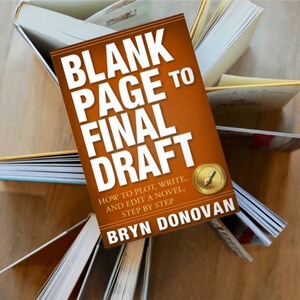




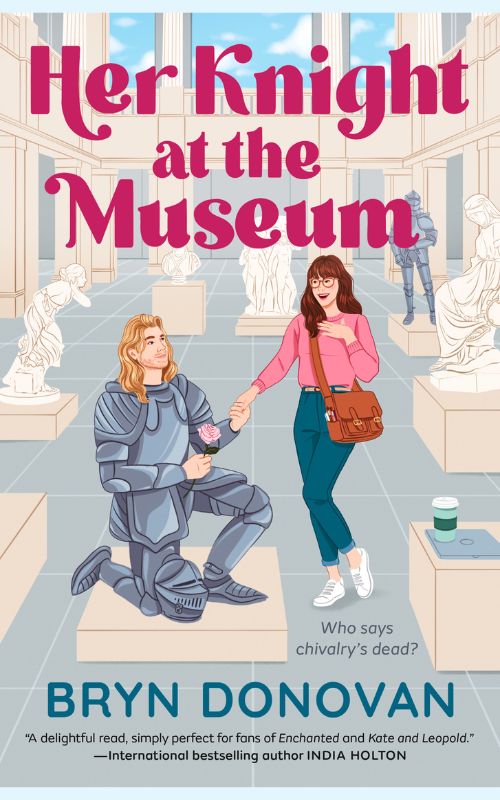

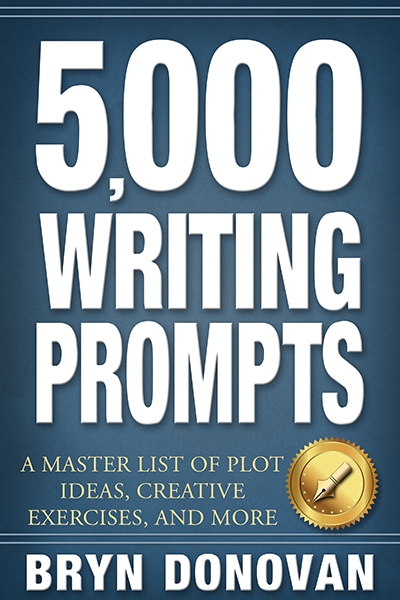
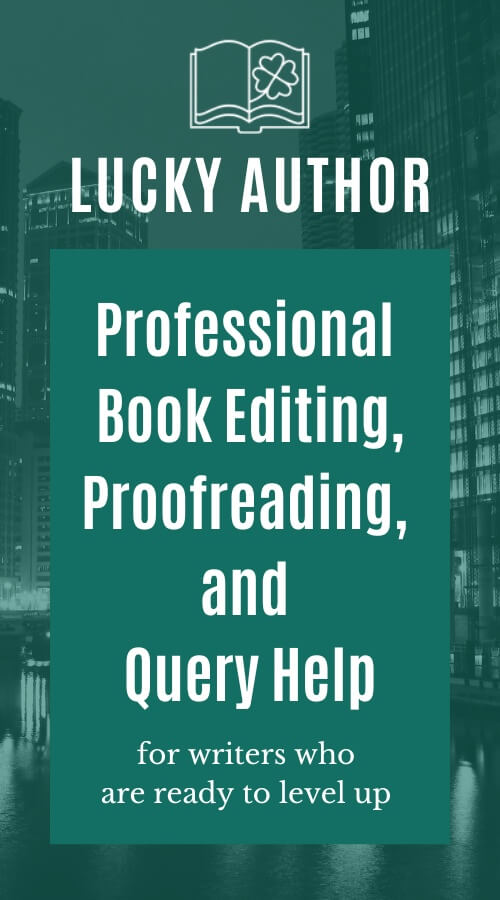
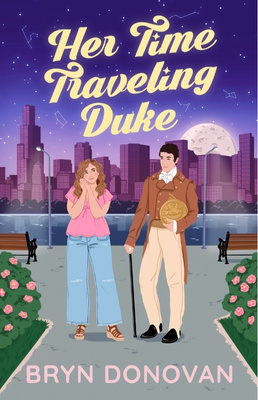
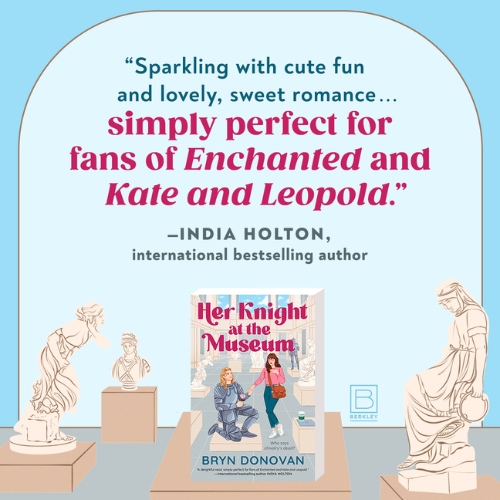
Great info, thanks. I’m reading, Where The Crawdad’s Sing and she does a great job of weaving the background story in without info dumps.
I haven’t read that one yet! (I think I’m probably the only person who hasn’t!) That is really interesting to know. Thanks, Darlene! Hope everything’s going well with you!
Very helpful info. Thank you!
d
🙂 Thanks, friend!
I had the misfortune to review a book recently with the biggest infodumps in the world, on multiple subjects that the author had obviously just learned for the story. It wasn’t even ‘fantasy science’ but real stuff.
And it even had what appeared to be a trad publisher.
It was so bad I’ll even call out to A G Riddle and Head of Zeus publishers to get them to read your post.
I enjoyed the post and see the sense behind your thoughts. But like writers, readers are all different. And though I am a writer I am a predominantly a reader. I like an info dump. I like loads of info as a reader. Tons of it. I remember reading “Abominable” by Dan Simmons. I loved it, but the book is full of info dumps, chapter upon chapter of them. One full chapter is about ropes. Many readers complained about that, but I loved it as I did with his novels “The Terror” and “Drood”
Novels that made Stephen King say, “I am in awe of Dan Simmons”. I agree with you and try to hide info dumps in dialogue but remember every reader is different. Many, not the majority, but many, like information. Knowlege. We are interested. Great article. Oh, and by the way. “Info dumped full”, “Abominable” still sold three million copies.
Not that bad. I loved it, info dumps and all. I also expect that most of us responding would seal a deal with the devil for three million copies sold.
My main character succeeds in becoming a Lady Knight in modern times. However, she has a horrible backstory involving everything that could happen to a young woman living on the streets. That being said, I wrote pre-chapters to keep the facts straight, with absolutely no intention to publish. there are facts I need to introduce in the real story, and am having a hard time with it. Some bear directly on her personality, especially her anger issues. I definitely don’t want to info dump.